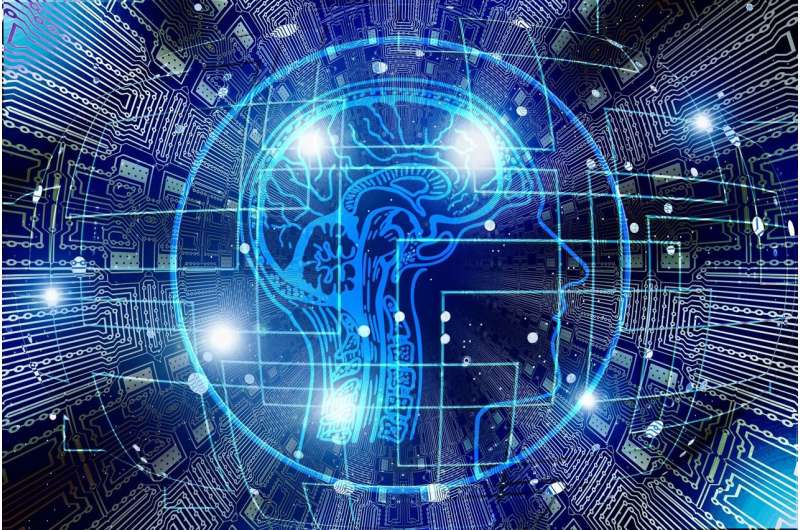This article has been reviewed according to Science X's editorial process and policies. Editors have highlighted the following attributes while ensuring the content's credibility:
fact-checked
trusted source
proofread
Researchers create AI model to understand how brain activity relates to illness

A team of researchers at Baylor College of Medicine and Yale University incorporated generative artificial intelligence (AI) to create a foundational model for brain activity. The Brain Language Model (BrainLM) was developed to model the brain in silico and to determine how brain activities are related to human behavior and brain diseases.
The research was published as a conference paper at ICLR 2024.
"For a long time we've known that brain activity is related to a person's behavior and to a lot of illnesses like seizures or Parkinson's," said Dr. Chadi Abdallah, associate professor in the Menninger Department of Psychiatry and Behavioral Sciences at Baylor and co-corresponding author of the paper.
"Functional brain imaging or functional MRIs allow us to look at brain activity throughout the brain, but we previously couldn't fully capture the dynamic of these activities in time and space using traditional data analytical tools.
"More recently, people started using machine learning to capture the brain complexity and how it relates it to specific illnesses, but that turned out to require enrolling and fully examining thousands of patients with a particular behavior or illness, a very expensive process."
The power of new generative AI tools is to use them to create foundational models independent of a particular task or specific patient population. Generative AI can act as a detective uncovering the hidden patterns within a dataset. By analyzing the data points and the relationships between them, these models can learn the underlying dynamics—the how and why things change or evolve.
These foundational models are then fine-tuned to understand a range of topics. The researchers used generative AI to capture how the brain activity works regardless of a particular disorder or illness. This can apply to any population without needing to know the subject's behavior, information about their illness, history or age. It just needs the brain activity to teach the computer and AI model how brain activity evolves over space and time.
The team took 80,000 scans from 40,000 subjects and trained the model to figure out how these brain activities related to each other over time, establishing the BrainLM brain activity foundational model. Now, researchers can use BrainLM to fine-tune a specific task and to ask questions in other studies.
"If you want to do a clinical trial to develop a medication for depression, for example, it could cost hundreds of millions of dollars because you need to enroll a large number of patients and treat them for a long time.
"With the power of BrainLM, we can potentially cut this cost in half by enrolling only half the subjects using the power of BrainLM to select the individuals most like to benefit from a treatment. So, BrainLM can apply the knowledge learned from the 80,000 scans to apply it to those specific study subjects," Abdallah said.
The first step, preprocessing, summarized signals and removed noise that are not relevant to brain activity. Researchers put the summaries into a machine learning model and masked a percentage of the data for each person. When the model learned the dynamic, they tested it on a left-out testing group.
They also tested this on different samples to understand how well the model could generalize to data acquired with different scanners and in different populations, such as older adults and younger adults.
They found that BrainLM performed well in various samples. They also found that BrainLM predicts depression, anxiety and PTSD severity better than other machine learning tools that do not use generative AI.
"We found that BrainLM is performing very well. It is predicting brain activity in a new sample that was hidden from it during the training as well as doing well with data from new scanners and new population," Abdallah said.
"These impressive results were achieved with scans from 40,000 subjects. We are now working on considerably increasing the training dataset. The stronger the model we can build, the more we can do to assist with patient care, such as developing new treatment for mental illnesses or guiding neurosurgery for seizures or DBS."
The researchers plan to apply this model for future research to predict illnesses related to the brain.
More information: BrainLM: A foundation model for brain activity recordings. openreview.net/forum?id=RwI7ZEfR27


















